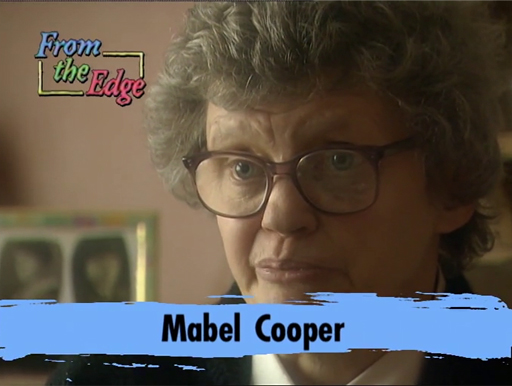Session 2: History: different approaches to learning disability over time
Introduction
In this second session, you will learn how ideas about learning disabilities have changed over time. It’s a little known history, but an important one if you are to understand the lives of people with learning disabilities today.
You will learn about the recent past through watching an animated timeline, Present in My Past, made by Purple Patch Arts, and through studying the lives of two women – Mabel and Bernie. Both Mabel and Bernie were born in the mid-twentieth century and lived through momentous changes in the way learning disabilities are thought about.
To start this session watch this video which introduces Mabel Cooper.

Transcript: Video 1
Looking at this recent history, you will begin to understand why human rights have been problematic for people with learning disabilities, and why there was a need for a special UN Declaration for Disabled People.
In this session you will explore:
- the different ways learning disabilities have been viewed since the 18th century
- life for people with learning disabilities who lived in institutions in the 20th century
- life for people with learning disabilities who lived in the community in the 20th century
- how learning disability policy has changed over time.
The history you will cover in this session is a western one, applying to the UK, and to some extent other English-speaking countries like the USA, Canada, Australia and New Zealand. It would be a different story if other parts of the world were considered; regrettably there is not time in the course to cover this. If you wish to find out more, you will find ideas in the ‘Want to know more?’ section at the end of the session.
